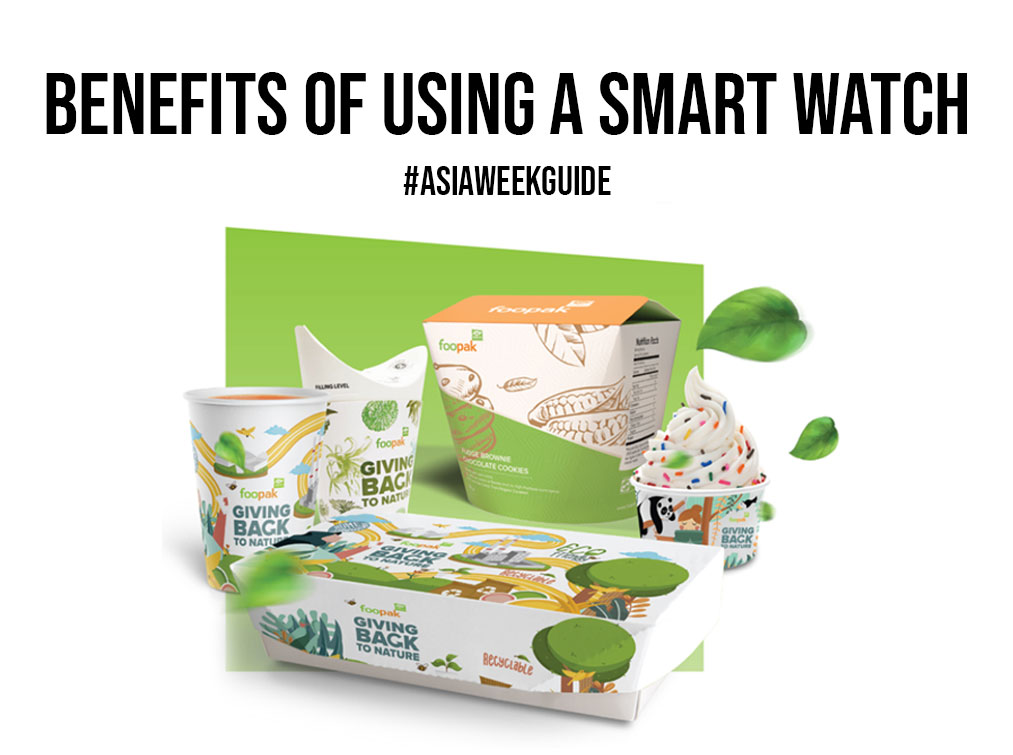North American paper manufacturers are looking to Asia to answer some of their most pressing issues. From automation to environmental conservation, their competitors seek to establish themselves in markets where they can lower production costs while still meeting demand.
Enter the pulp and paper industry, a sector that’s ripe for Asia pulp and paper innovation. As the demand for pulp continues to rise and forests are cut down at an alarming rate, manufacturers are hopeful for the future. Pulp and paper mills are working to find new ways to produce more with less waste, using everything from recycling technology to 3D printing.
They’re also looking to other industries for solutions, such as energy conservation and automation. And they’re not the only ones. Many suppliers and service providers are looking to the pulp and paper industry for answers, too.
Enter the innovation team at the world’s largest pulp and paper company, Asia Pulp and Paper (APP). Their goal: is to find new ways to make the most of their resources and create a more sustainable future for their industry.

Asia Pulp and Paper is a paper manufacturer based in Singapore. The company has over 100 production sites worldwide, including properties in China, India, Indonesia, and the Philippines. Asia Pulp and Paper is the brand under which FrieslandCampina and Domtar produce and market paper.
How to Start an Innovation Team in Your Organization
To launch an innovation initiative in your company, you must first identify the opportunities and challenges faced by your organization. Then, you must define the problem you’re hoping to solve and create a hypothesis to test.
The Asia Pulp and paper innovation team can then work with cross-functional teams to develop and execute a plan to solve the identified challenge.
Also Read: Provide Thesis Writing Services to Students – Things to Keep in Mind
3D Printing in the Pulp and Paper Industry
3D printing technology has been around for more than a decade, but it’s only recently begun to impact the pulp and paper industry. The technology allows manufacturers to create products layer by layer, rather than traditional subtractive manufacturing techniques, which use tools like saws and routers to remove material.
This has proven especially useful in the pulp and paper industry, where large amounts of timber are needed to produce cellulose pulp.
Also Read: Academic Writing for Dummies: An Assignment Cheat Sheet
Energy Conservation in the Pulp and Paper Industry
Like other industries, the pulp and paper industry is looking to the future and trying to find ways to reduce costs and increase efficiency. One area where the industry is investing is in energy conservation.
The pulp and paper industry is among the most significant industrial consumers of energy in the United States, consuming nearly one-quarter of all the energy used in the country.
The energy demand is only expected to increase as the need for newsprint and other printed products grows. Manufacturers are exploring ways to increase energy efficiency and reduce overall energy consumption to meet this demand.

Conclusion
Innovation is critical to the future success of any industry, especially one like the pulp and paper industry that’s under pressure to increase production while keeping costs down.
Manufacturers are exploring ways to use automation, energy conservation, and other technologies to meet their customers’ needs to keep up with this demand.
And suppliers are looking to the future with optimism, too – they’re working to find ways to reduce their environmental impacts and make the most of limited resources. As the pulp and paper industry looks to the future, it can draw on its rich history of innovation to meet the challenges of the 21st century – and beyond.


